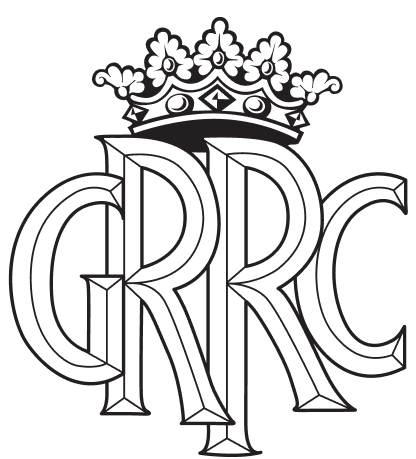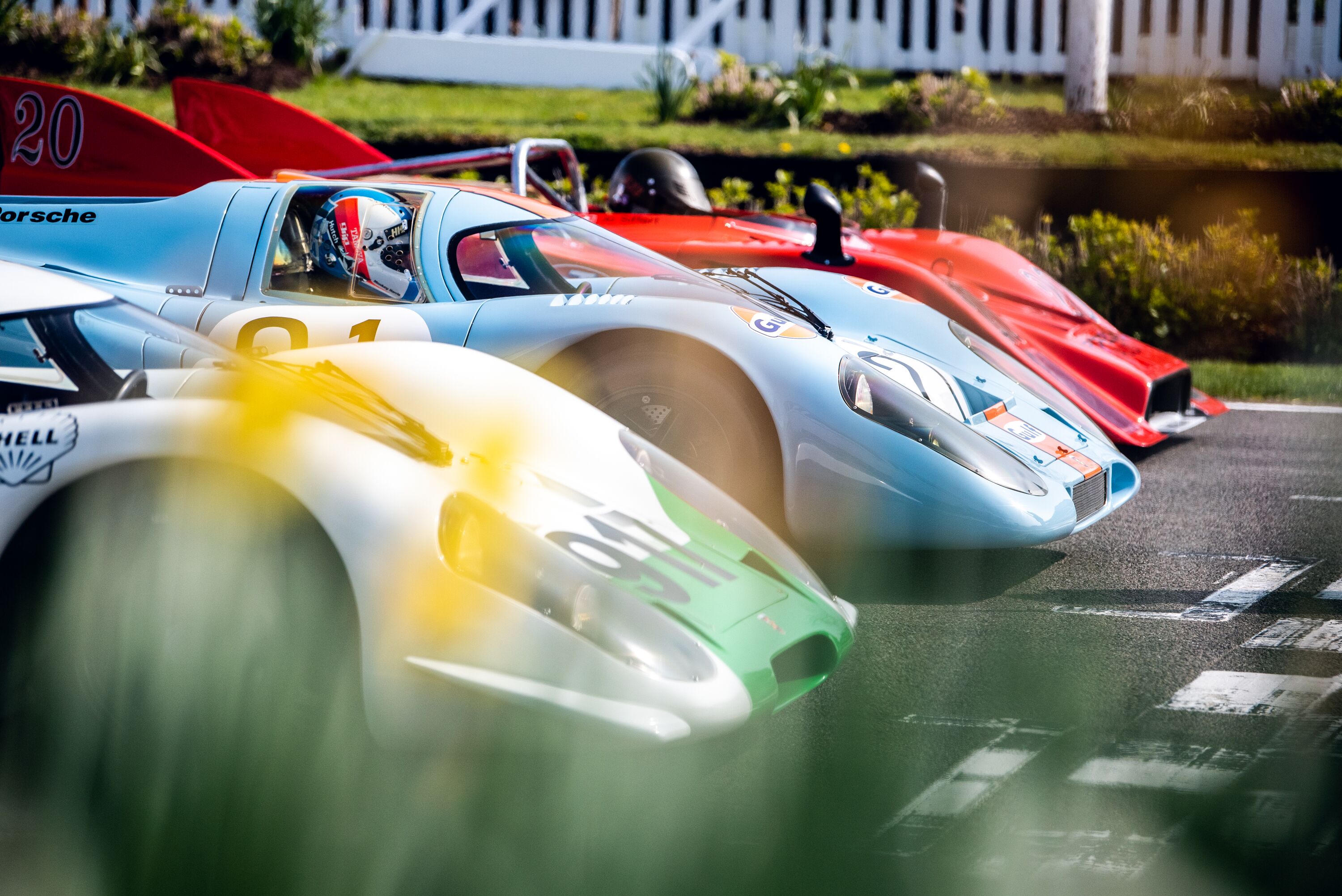1986: F1's Power Year Part 1 – Boosted Rockets
The most powerful engines in Formula 1 history were ‘grenades’. You pulled the pin out and got the hell out.
Counted four laps. And boom!
Turbochargers had doubled bhp inside six years and now 540kg cars boasted 2,500bhp per tonne.

Using Bosch’s cutting-edge digitised management – engine speed, load and boost pressure – of ‘funny fuel’ developed by BASF for Luftwaffe fighter planes in WWII, BMW somehow squeezed an estimated 1,450bhp from a production 1.5-litre four-cylinder block.
It might have been more. Its engine dynamometer maxed out at 1,400bhp.
Honda never released figures for its twin-turbo 80-degree V6. The educated guess was 1,200bhp.
And Renault’s V6, its option of pneumatic valves no secret, also comfortably topped 1,000bhp for qualifying purposes.

If one deems five times atmospheric pressure and white heat to be ‘comfortable’, that is.
Tortured transmissions and tyres were sacrificed, too, as wastegates and drivers were wound up tight, straights shortened and new corners discovered.
And no one was wound up tighter than Ayrton Senna. Crash helmet fluorescing from a sinister black Lotus emitting a sparking comet’s tail, he caught the eye with an aggressive style and the ear with stabs of throttle.
The cut-throat Brazilian, who had vetoed the signing of Derek Warwick because he felt the team incapable of running two cars competitively, started half of the 16 rounds from pole position – Team Lotus’s 100th among them – but won just twice.

That’s because mpg mattered as much as mph in this Jekyll and Hyde season. With fuel allocation reduced by 25 litres to 195, cars had to be raced on their instruments rather than by instinct.
And Honda, with assistance from Mobil, wielded this tricky double-edged sword to best effect: very dense high aromatic fuels, with maximum amounts of hydrogen and carbon atoms for burning with oxygen, atomised more thoroughly and evaporating more rapidly.
At July’s British GP – the last to be held at Brands Hatch – it powered exclusive partner Williams to a one-two that lapped the third-placed McLaren of reigning World Champion Alain Prost.
The rest of the field was lapped twice.

This, however, was cold comfort to Nelson Piquet. Team-mate Nigel Mansell had upstaged him in the spare FW11 that was set up for the Brazilian. The Brit’s fourth win in five races, it lifted him to the top of the points table.
F1’s Gang of Four was complete: Piquet, Prost, Senna and a Brummie with a ‘tache.
Piquet, a two-time world champion, had joined Williams after seven seasons of adoration at Brabham. Far from alone in underestimating Mansell, who had won just two GPs in 74 attempts prior to this season, he was feeling increasingly isolated and underappreciated now.
He had signed with Frank Williams but the latter’s near-death road accident in France in March left him having to deal with Patrick Head, who had bigger fish to fry. Not only did Head know little of the details of Piquet’s deal but also he was having to race engineer Mansell because of a late workforce shake-up – as well as make 15 flights to Japan.

He started the British GP from pole but left lying fourth of the Gang of Four, 18 points behind its unanticipated leader.
Prost was just four points in arrears. But the gap felt bigger.
The Frenchman had begun the season freed from the burden of expectation. Victories at Imola, where he weaved to slosh the last few drops of fuel from the McLaren’s tanks, and Monaco, a superlative weekend by the best in the business, had given him the lead of the championship.
He struggled thereafter, however, yet had been brilliant nevertheless.
His performance in Belgium yielded a single point yet was arguably the greatest of his career, setting fastest lap despite engine mounts and suspension bent by a collision at the first corner.

Also roundly beaten by Mansell in Canada, he made a rare mistake in Detroit, crashing during practice, and was forced by an electrical glitch to race with minimum boost at his home GP.
Like Williams, he was adapting superbly and gathering points at every race.
But the career-ending accident at Brands Hatch of his friend, golfing and business partner Jacques Laffite left him as low as he had ever felt at a race meeting.
‘Appy’ Jacques, 42, was on the verge of equalling Graham Hill’s record number of GP starts when his hampered Ligier-Renault speared into the barrier on the inside of the first corner.

A few yards up the track Mansell was on the radio to his crew: a UJ had broken and his race was run already. Eighty minutes later he took the restart.
Had Piquet switched to the spare after a turbo fire in morning warm-up, the expectant English crowd’s favourite would have been left high and dry.
Mansell had met with much misfortune, injury and hardship during his career to date. Now it seemed that his luck had turned. And when Piquet missed a gear after 22 laps in the lead, he pounced.

Frank Williams was back in the paddock, his life very different now. This inveterate racer’s attitude to it, however, was unchanged.
“It was one of the best motor races I’ve ever watched,” he said. “[This was] the only time [in 1986] we could have given a valid team order that didn’t also promote Prost or Senna.
“But we didn’t waste anybody’s time with that instruction.”
A blind eye. I see no ships, Nelson.
Images courtesy of LAT
F1
FOS
FOS 2016
2016
































































